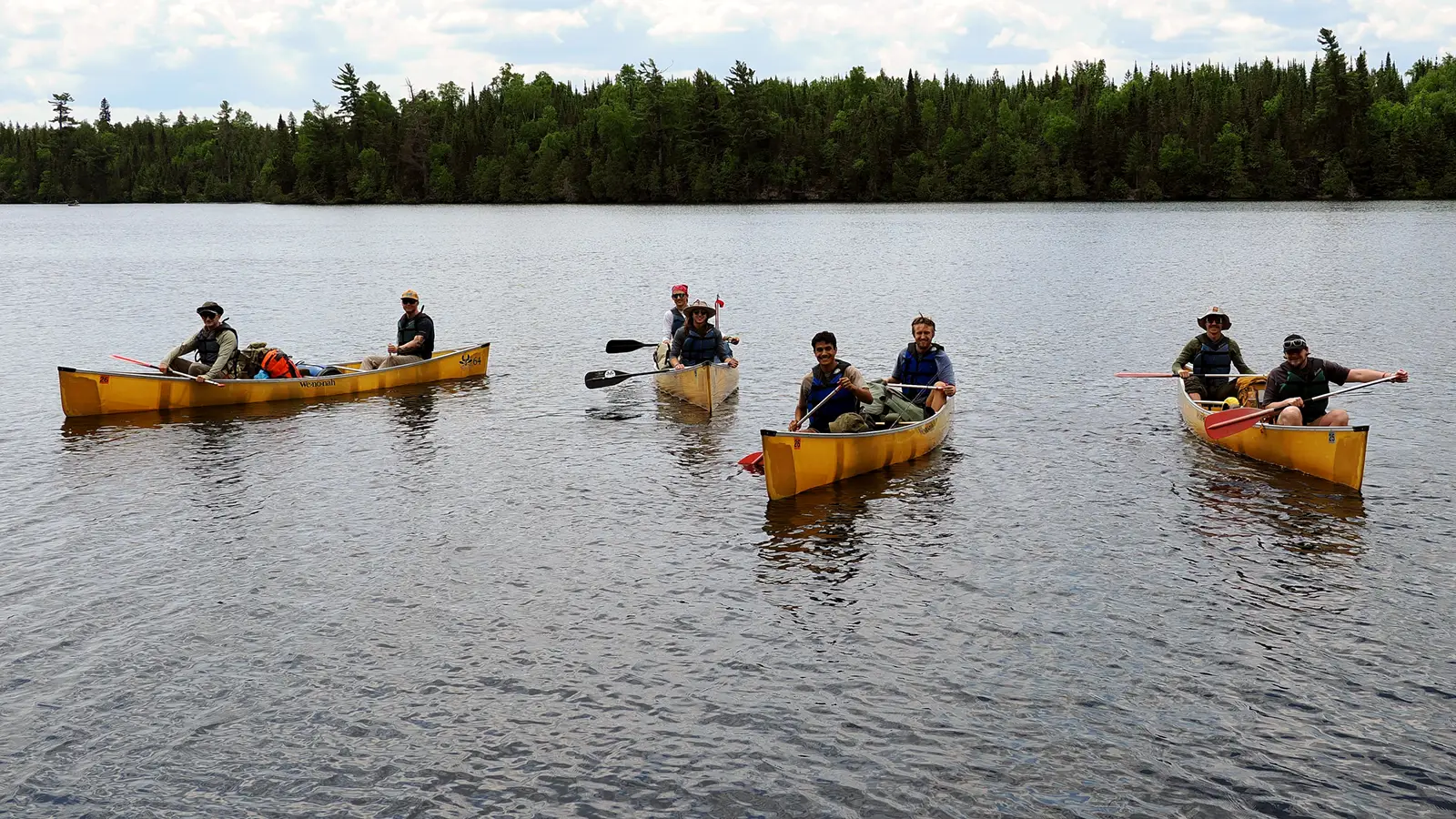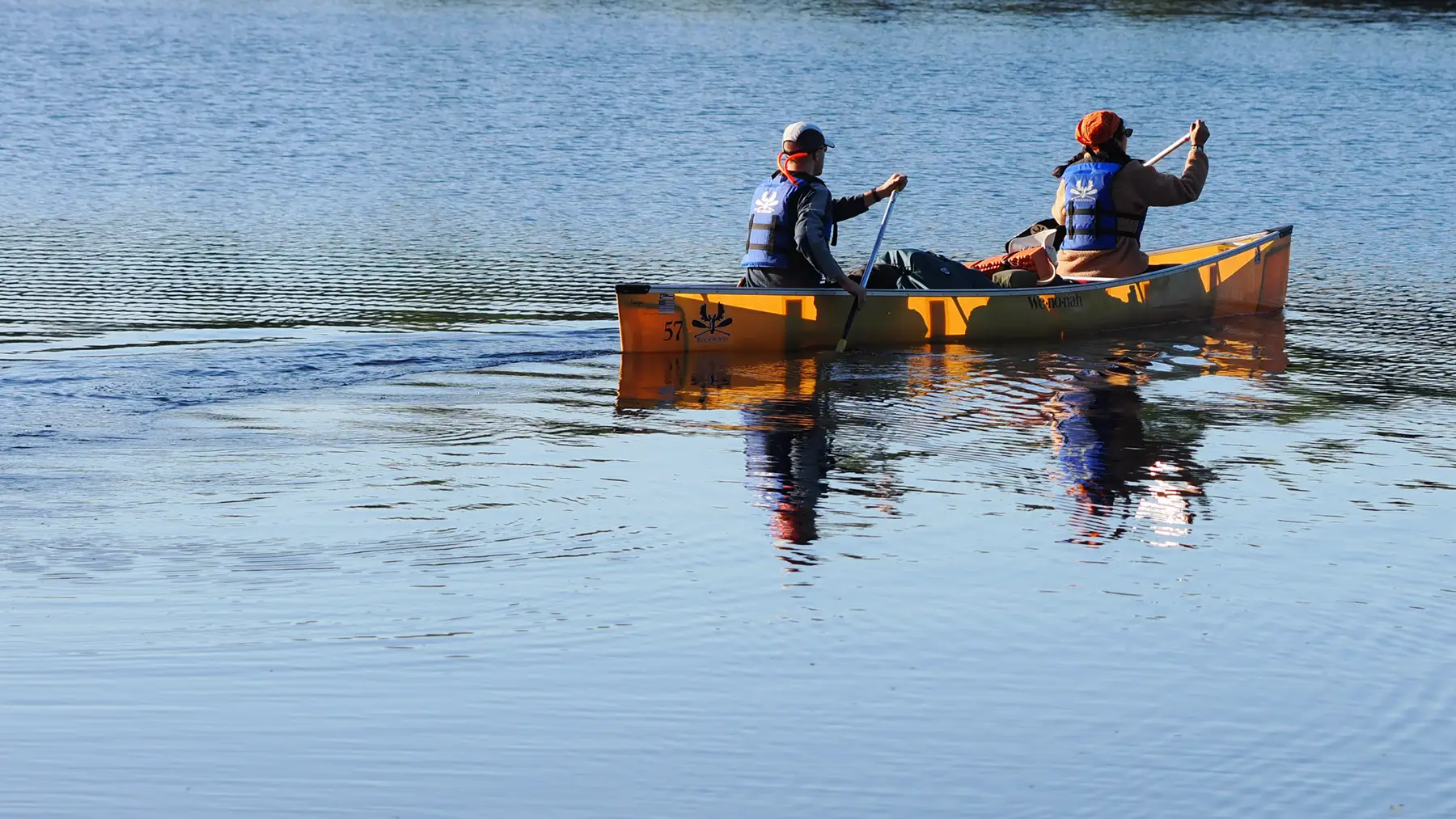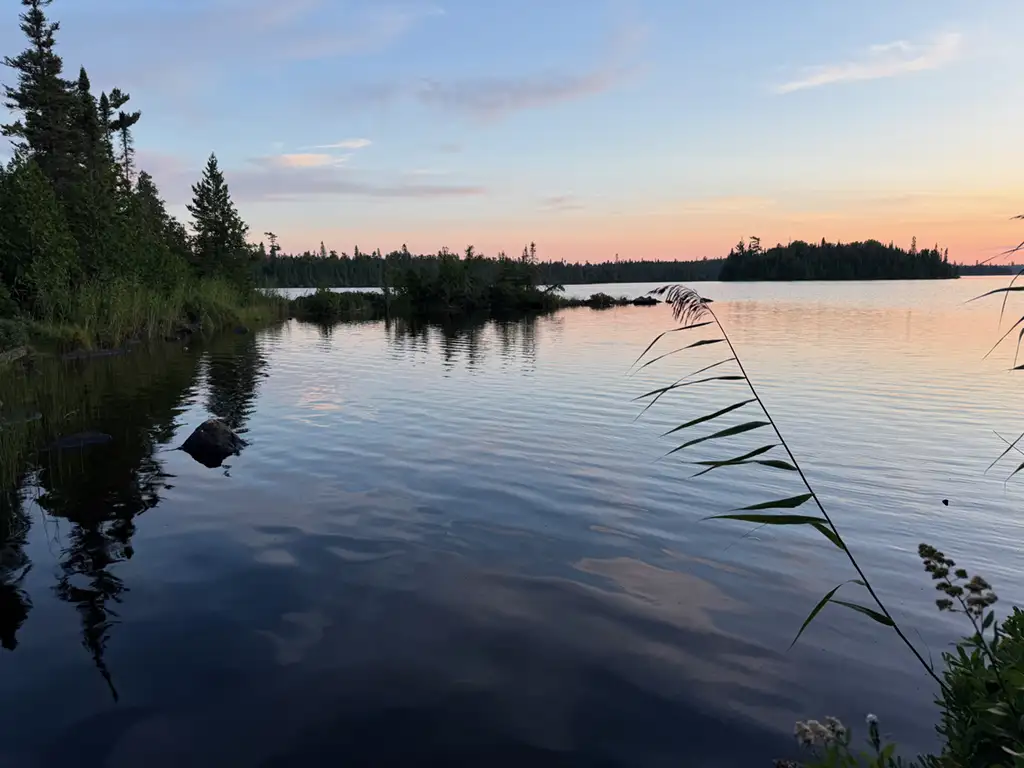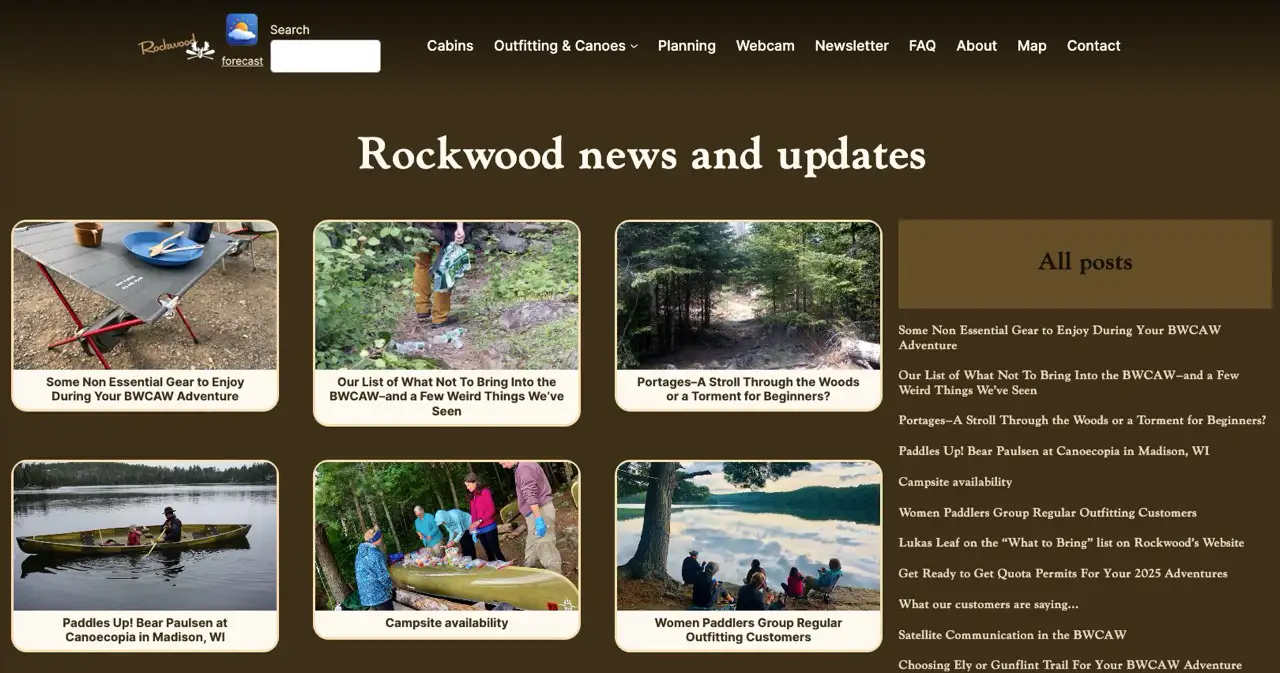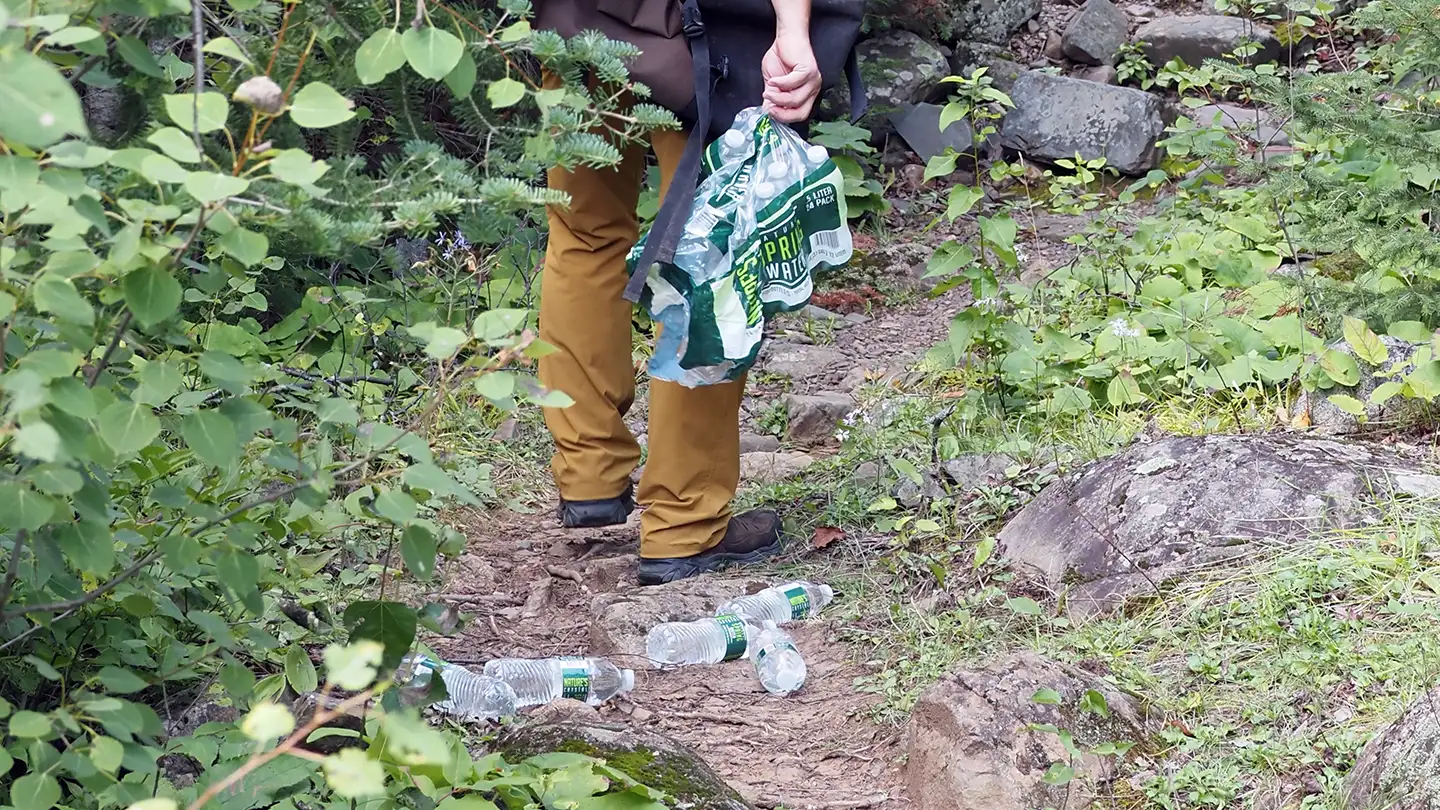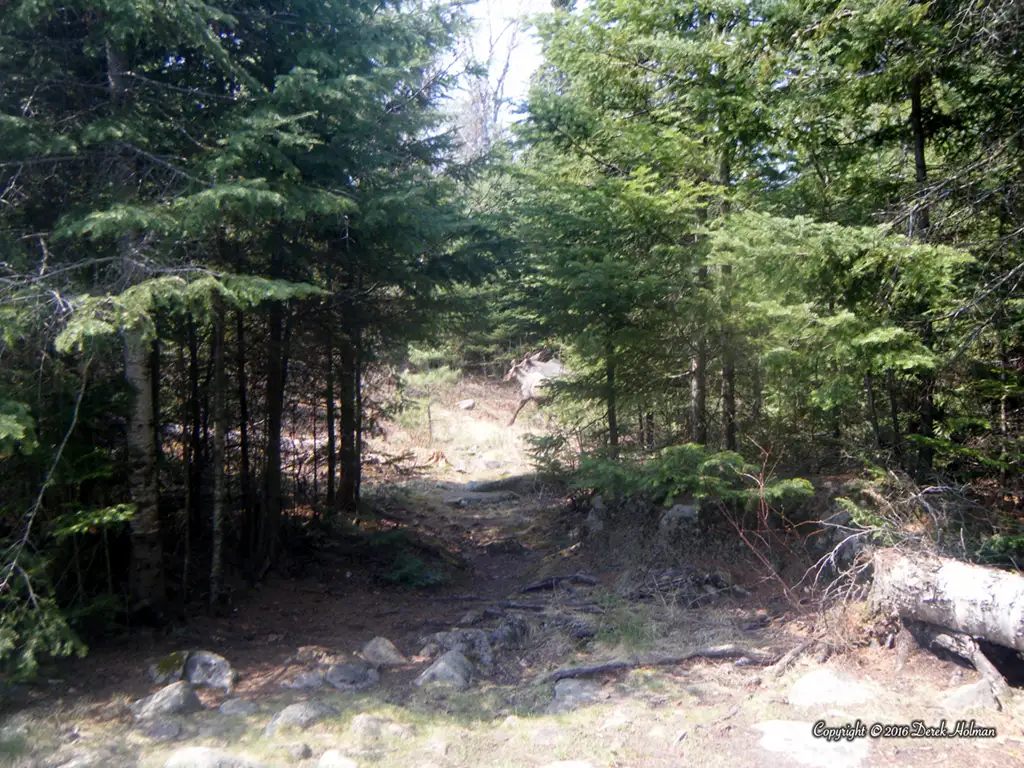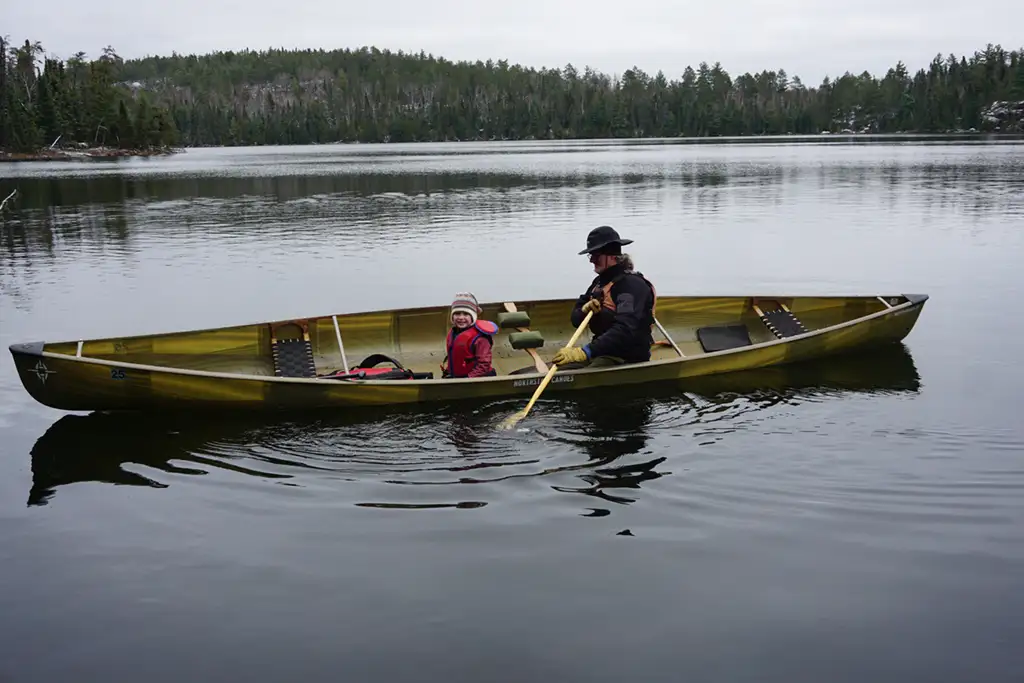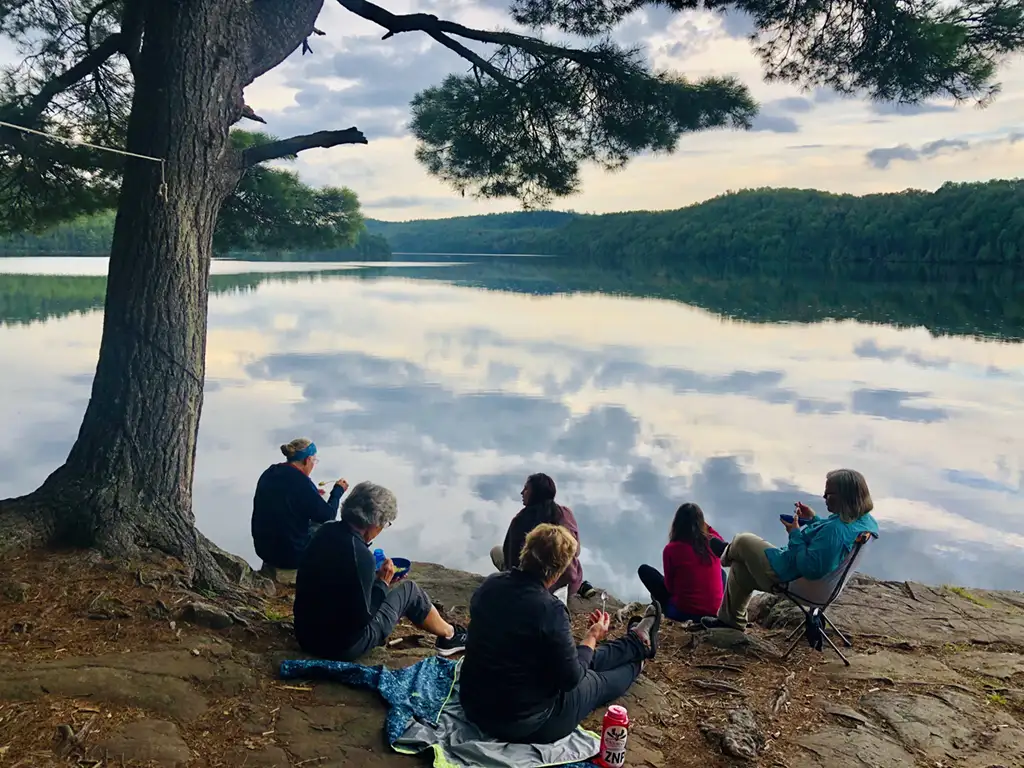The Last Act of Fall Color–Tamaracks
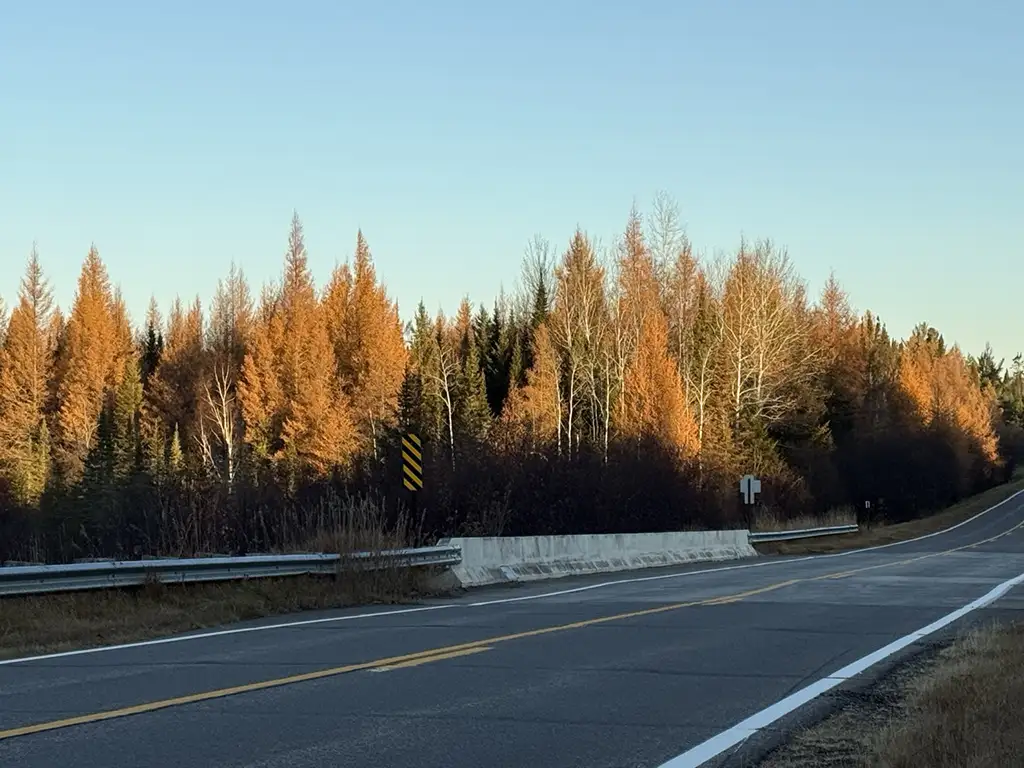
—
The Boreal Forest of northeast Minnesota is renowned for its diverse flora. Among its most iconic trees is the tamarack (Larix laricina). This deciduous conifer, often called the “American larch,” is a unique and vital part of Minnesota’s natural heritage, standing out with its distinct characteristics that set it apart from other trees.
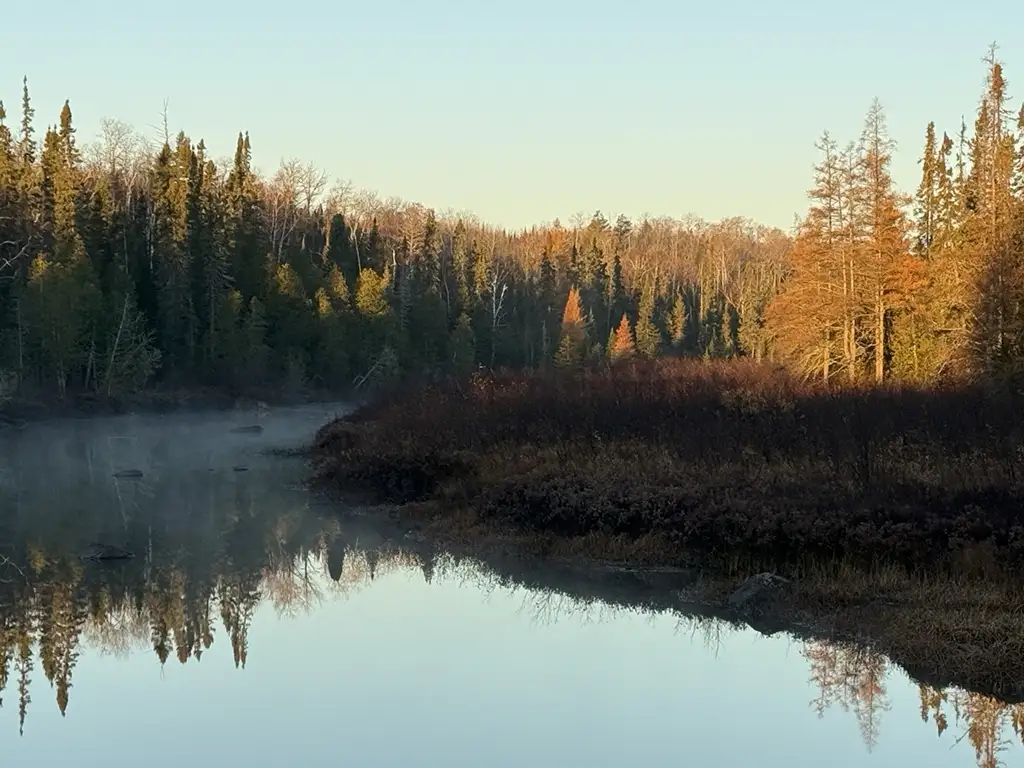
“We absolutely love tamaracks,” said Rockwood co-owner Carl Madsen. “Not a deciduous, not a conifer, but it’s a conifer that is deciduous.”
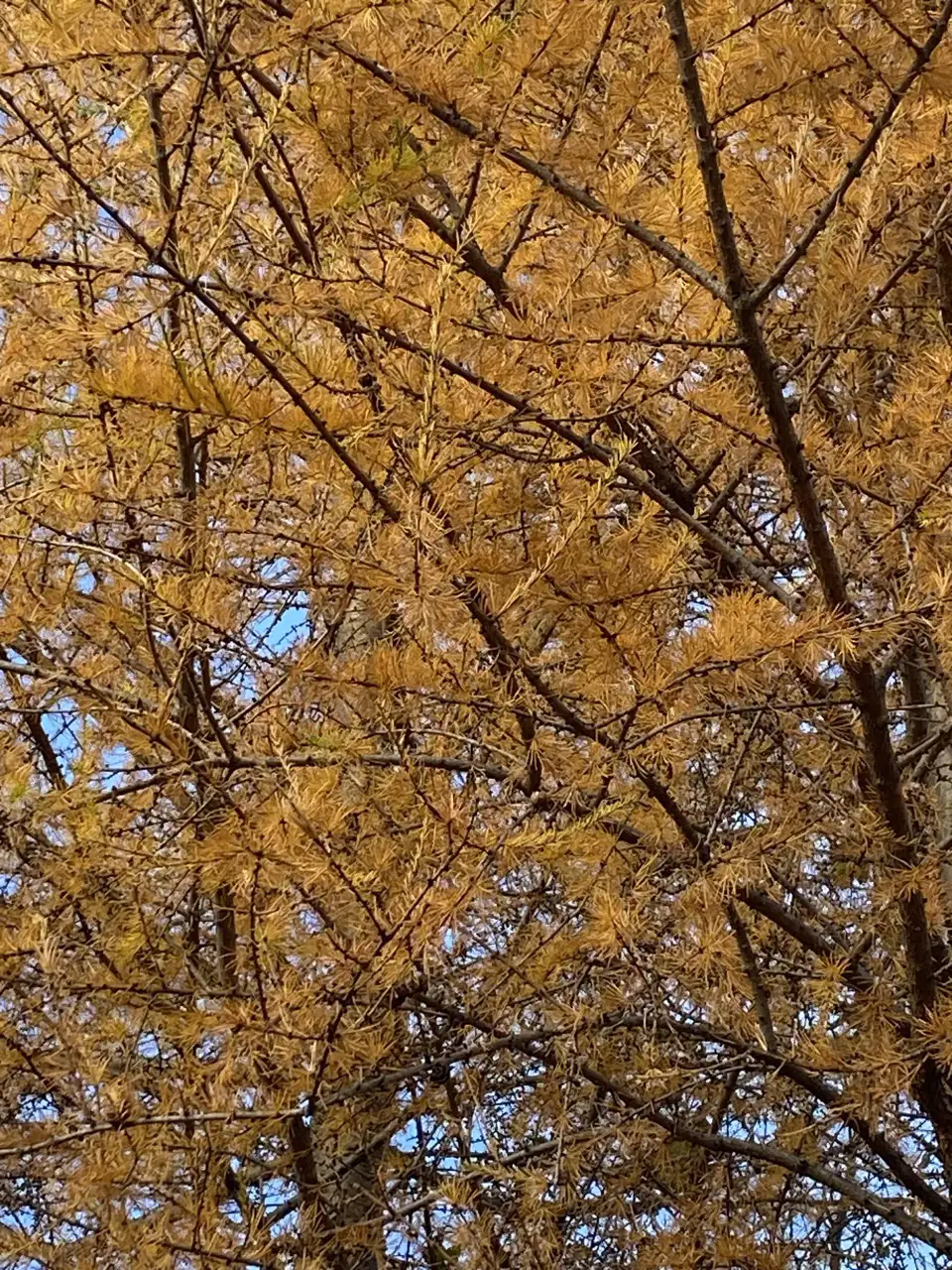
"The Tamarack" by unknown author
Golden needles, swaying light,
A silhouette against the night.
In winter's chill, you stand alone,
A beacon in a world of stone.
Your roots run deep, your spirit strong,
You weather storms that last all long.
A symbol of hope, a testament to grace,
The tamarack, in every place.
Tamaracks are in full glory right now between South Brule and North Brule, according to Carl…and Sarah Hamilton has a gorgeous one at Trail Center…
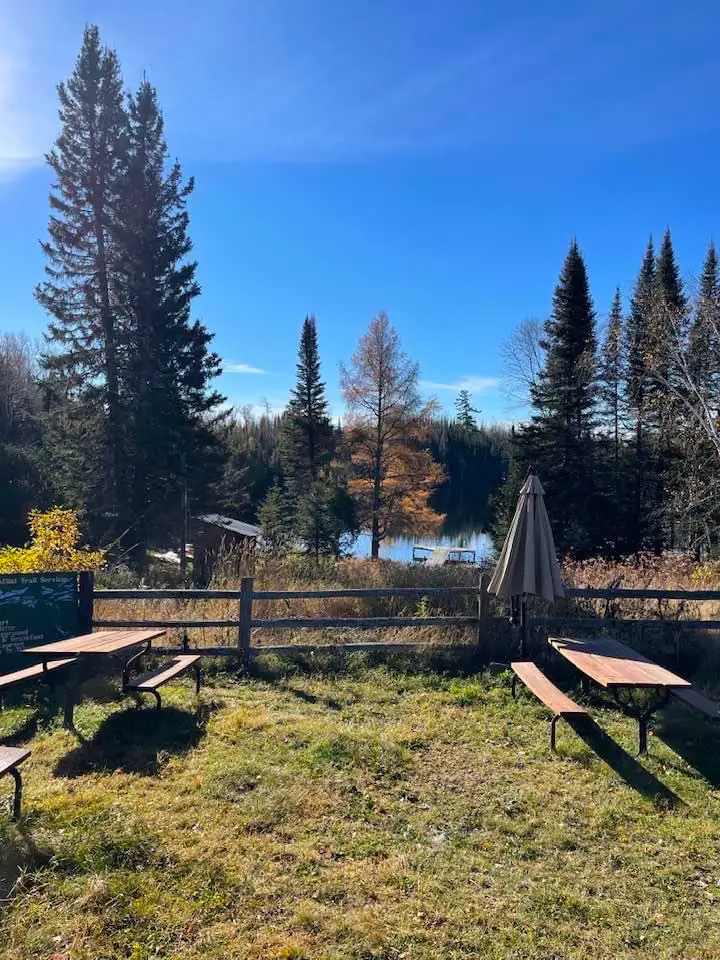
Tamaracks are the curtain call of the fall color pageant on the Trail. Tamarack needles wait for the Maple, Birch, and Aspen leaves to take a final bow before the snow flies.
Tamaracks have needle-like, flat, soft, and slender leaves, which turn a vibrant golden yellow in autumn before falling to the ground. About an inch long, the needles are bright green in spring, turning a dull, golden yellow in late September through October just before dropping to the ground—a beautiful site on a sunny fall day.
Tamarack is the only conifer in Minnesota that sheds all its leaves each fall. The tree’s soft, feathery foliage provides a delicate contrast against the ruggedness of its bark, which is deeply furrowed and often reddish-brown.
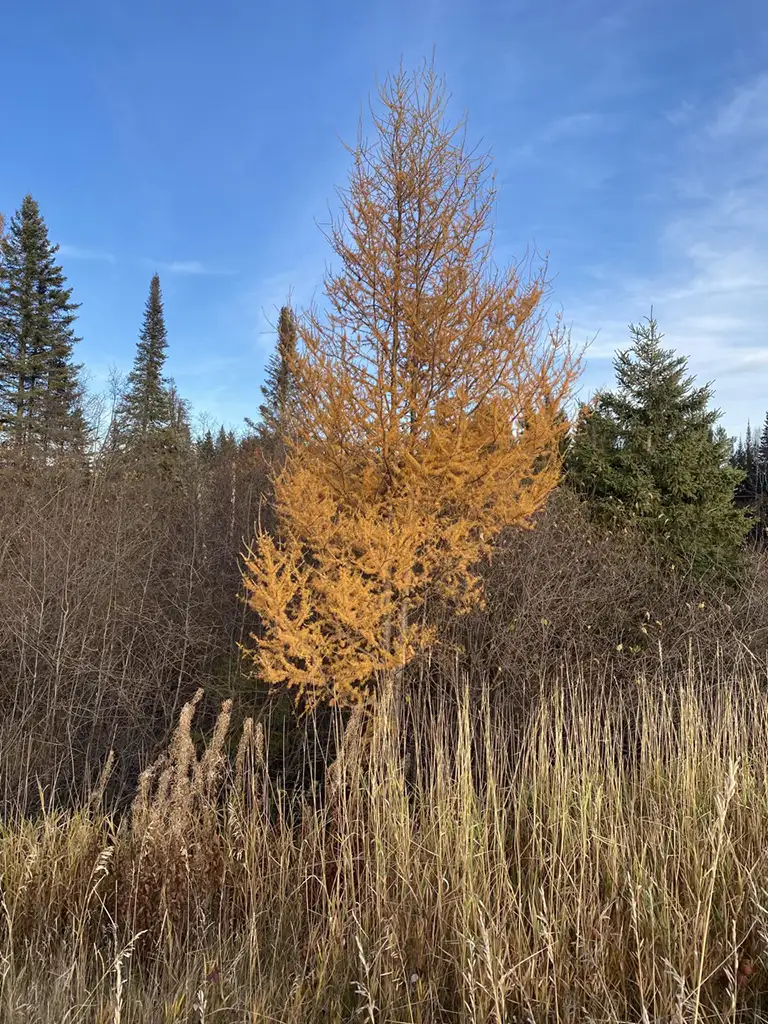
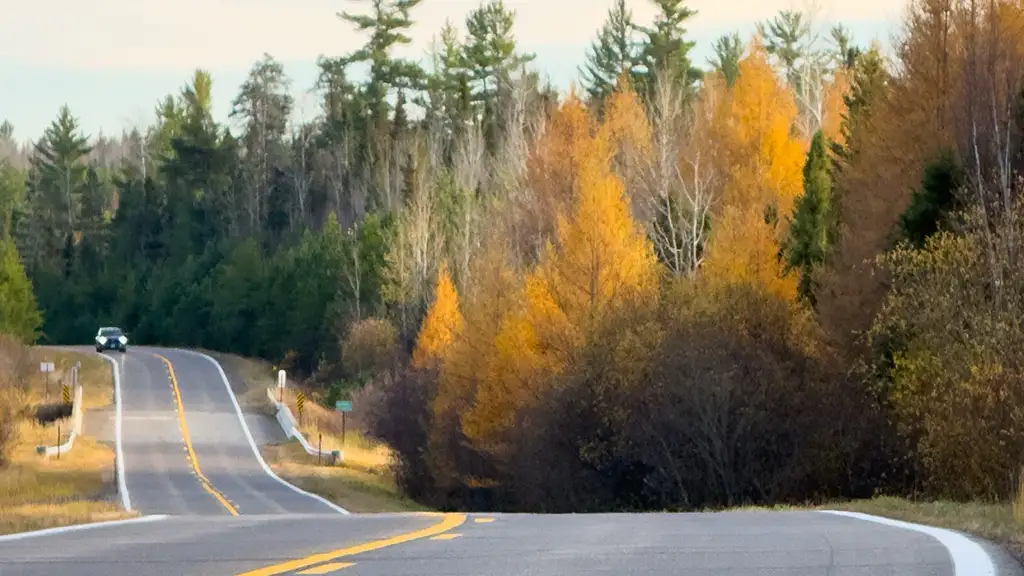
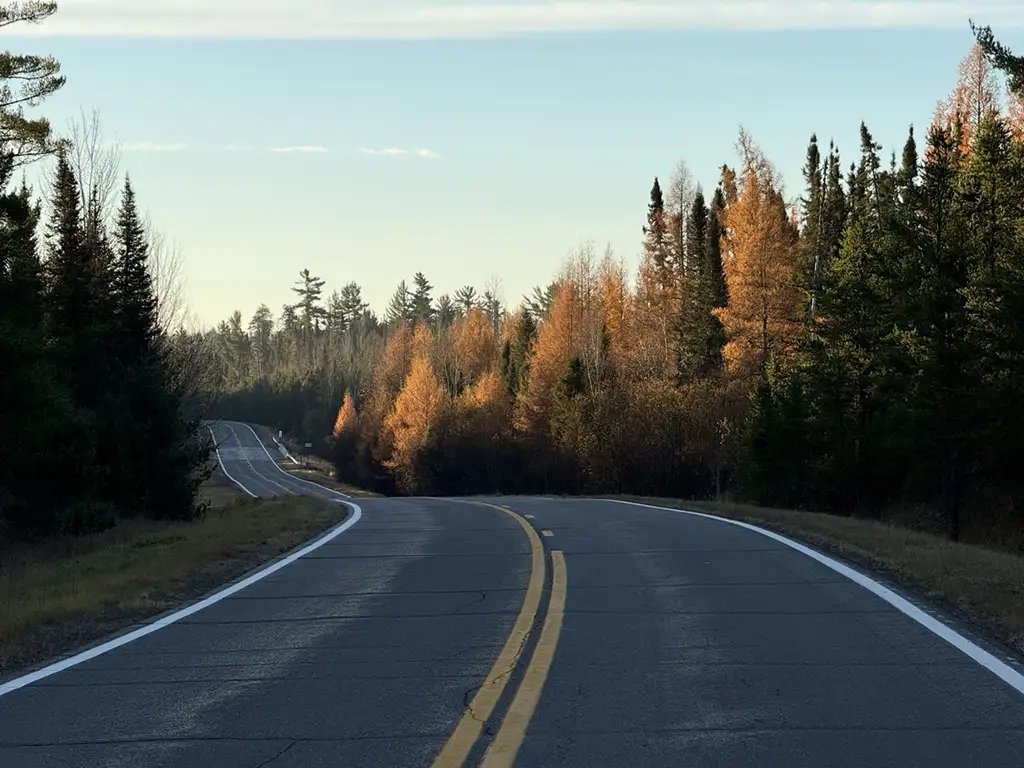
The tamarack thrives in wetland environments like bogs, swamps, and wet forests. Its unique adaptation of shedding all its leaves in winter allows sunlight to reach the forest floor, promoting the growth of herbaceous plants and providing habitat for ground-dwelling creatures. This, along with its tolerance for acidic soils, makes the tamarack a crucial player in maintaining the health of these ecosystems and providing habitat for various wildlife.
One of the most striking features of the tamarack is its winter appearance. Unlike other conifers, which retain their green needles throughout the year, they are entirely bare in winter. This adaptation allows sunlight to reach the forest floor, promoting the growth of herbaceous plants and providing habitat for ground-dwelling creatures.
Tamarack wood, lightweight and durable, has been used for centuries by humans for various purposes, including construction, shipbuilding, and poles and fence posts.
Different parts of the tamarack tree, like the bark and needles, were used to make teas to treat colds, coughs, and stomach ailments. Although not as widely documented as spruce sap, some Native Americans may have chewed on tamarack sap due to its resinous nature. The wood from tamarack trees was also used for building, making tools, and creating baskets.
Today, tamaracks continue to be an important part of Minnesota’s natural heritage. They provide valuable ecosystem services, including habitat for wildlife, water filtration, and carbon sequestration. As climate change continues to alter the state’s environment, the responsibility of protecting and conserving tamarack populations becomes even more essential to ensure their long-term survival.
"Larch" by Robert Frost
Larch, you have changed your coat at last,
From green to gold, a brilliant cast.
You stand alone, a beacon bright,
Against the darkening winter night.
Your needles fall, a golden rain,
Upon the forest floor again.
And though you're bare, you still stand tall,
A testament to nature's call.
Inspiring the poetry lovers in us, the tamarack is a unique and fascinating tree that plays a vital role in our ecosystem on the Trail. Its distinctive appearance, ecological importance, and historical significance make it a beloved symbol of the natural beauty of our life on the Gunflint. By understanding and appreciating the tamarack, we can better protect and preserve this valuable resource for future generations.

